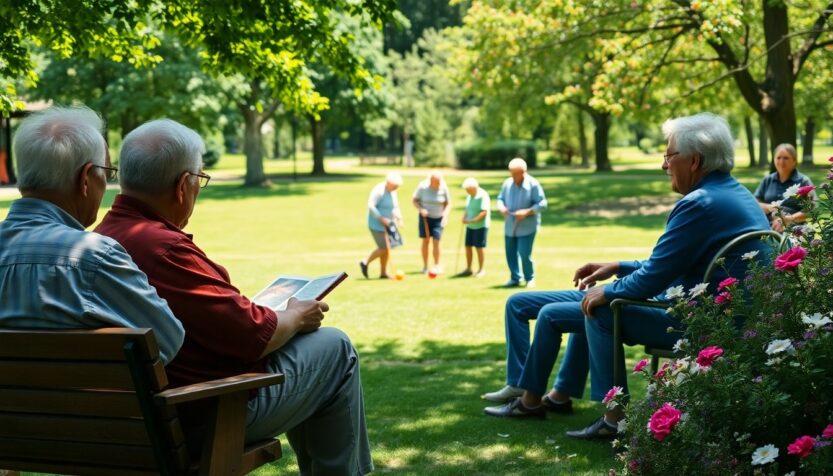Friendships often gain value as individuals age, particularly in later years. These connections enhance well-being, provide joy, and assure us that we are not navigating life alone. However, recognizing the importance of friendships is only the first step. The pressing question is how to cultivate these bonds in the face of significant lifestyle changes.
In earlier years, forming friendships appeared effortless. Connections were forged through school, work, or family activities. Yet, after reaching the age of 60, the dynamics often shift due to factors such as retirement, relocation, or changing family responsibilities. This can lead to feelings of isolation. Maintaining friendships now requires a more deliberate approach, but this is entirely achievable. With intention and effort, friendships can not only survive but thrive.
Nurturing existing friendships
In this phase of life, friendships will not manifest on their own. Proactive steps are essential for their maintenance. Simple gestures—such as making a phone call, sending a text to check in, or arranging a coffee meet-up—can have significant impacts. These minor efforts signal to others that they are valued and appreciated.
Additionally, allocating time for friendships is crucial. Even in retirement, life can become busy, and friendships should be prioritized like any important commitment. Setting aside weekly time for emails, messages, and video calls with close friends fosters engagement and allows individuals to share in each other’s lives. Consistent interactions ensure that friends remain integral to one’s life, regardless of location.
Making time for meaningful connections
Establishing a routine for staying in contact is vital. These efforts are essential for keeping friendships alive. Friends share laughter over life’s mundane aspects, celebrate victories, and offer support during challenging times. Such connections provide comfort and continuity, reminding individuals of the bonds built over the years.
Creating new friendships
While cherishing old friendships is important, embracing new ones is equally valuable. New connections often arise when individuals step outside their comfort zones and engage in different activities. Joining a book club, attending community events, or volunteering can lead to interactions with like-minded individuals.
Openness is key to fostering new relationships. Not every interaction will blossom into a close friendship, but genuine interest in others can facilitate connections. Friendships often develop gradually from casual exchanges that deepen over time.
Embracing opportunities for connection
Entering new social situations can feel intimidating, especially for introverts. However, taking small steps—like introducing oneself to someone new or accepting an invitation—can create opportunities for meaningful connections. One individual recalls attending an event where a compliment to an artist led to an unexpected friendship. Had they simply praised the artwork and walked away, they would have missed out on a valuable relationship.
Maintaining lifelong friendships
While forging new friendships is exciting, preserving existing ones is equally essential. Lifelong friends hold a special place in our hearts, reminding us of past selves and shared journeys. Thoughtful messages or video calls can keep these connections vibrant, even across distances. Social media can assist in maintaining contact, but nothing truly replaces the warmth of hearing a friend’s voice or seeing their smile.
Nurturing these longstanding connections requires effort, but the rewards are immeasurable. They provide stability and joy, particularly during life transitions.
Choosing the right friends
In earlier years, forming friendships appeared effortless. Connections were forged through school, work, or family activities. Yet, after reaching the age of 60, the dynamics often shift due to factors such as retirement, relocation, or changing family responsibilities. This can lead to feelings of isolation. Maintaining friendships now requires a more deliberate approach, but this is entirely achievable. With intention and effort, friendships can not only survive but thrive.0
In earlier years, forming friendships appeared effortless. Connections were forged through school, work, or family activities. Yet, after reaching the age of 60, the dynamics often shift due to factors such as retirement, relocation, or changing family responsibilities. This can lead to feelings of isolation. Maintaining friendships now requires a more deliberate approach, but this is entirely achievable. With intention and effort, friendships can not only survive but thrive.1
In earlier years, forming friendships appeared effortless. Connections were forged through school, work, or family activities. Yet, after reaching the age of 60, the dynamics often shift due to factors such as retirement, relocation, or changing family responsibilities. This can lead to feelings of isolation. Maintaining friendships now requires a more deliberate approach, but this is entirely achievable. With intention and effort, friendships can not only survive but thrive.2






